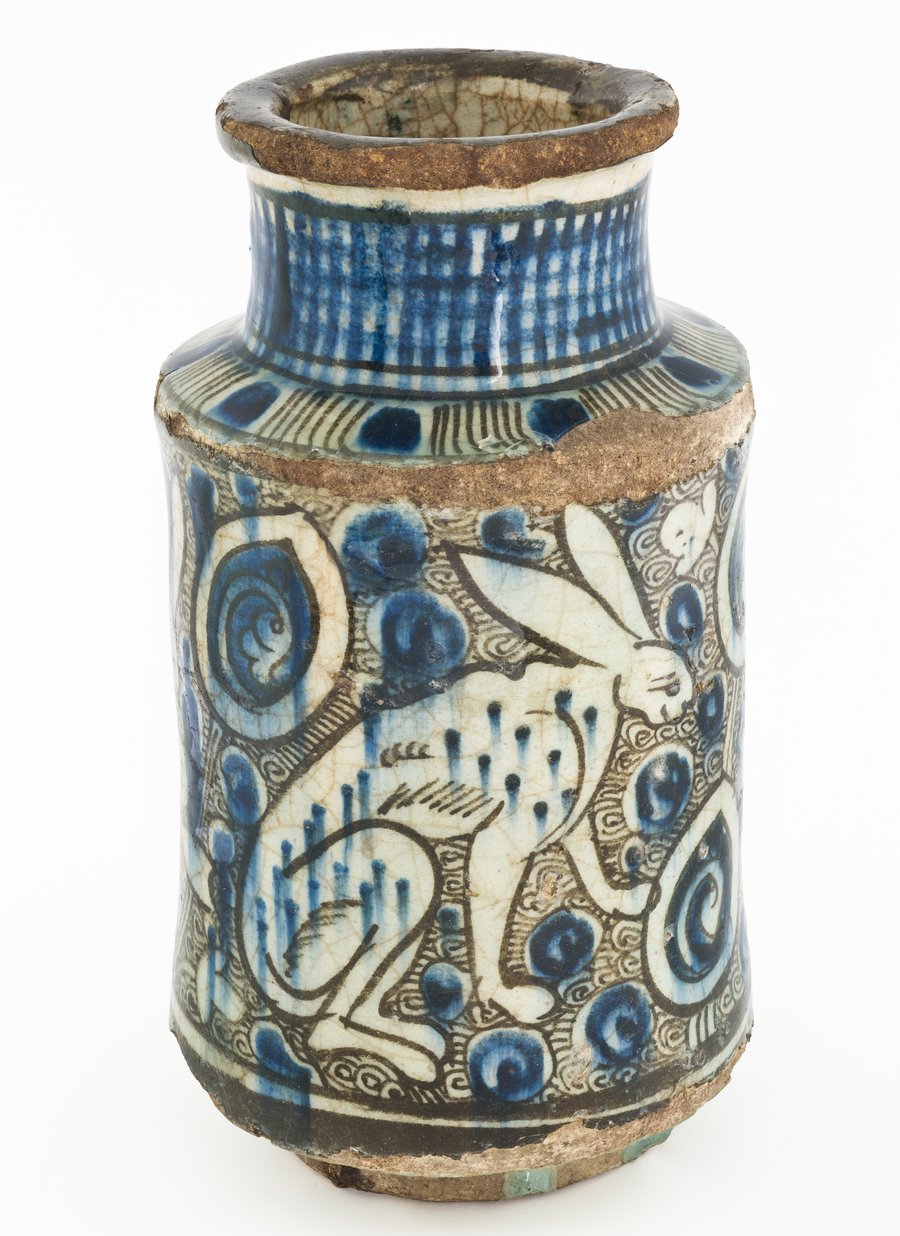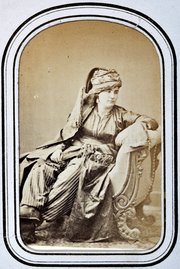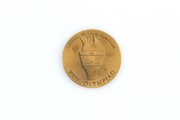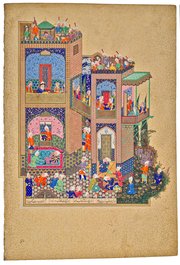
Albarello with White Hares
Museum of Islamic Art
- Title:
- Albarello with White Hares
- Production place:
- Syria
- Date:
- 1200 - 1399
- Period:
- Mamluk
- Title:
- Albarello with White Hares
- Production place:
- Syria
- Date:
- 1200 - 1399
- Period:
- Mamluk
- Material:
- Fritware, Pigment, Glaze
- Technique:
- Underglaze painting, Glazing
- Dimensions:
- 26
- Diameter:
- 14.5
The albarello (pl. albarelli) was used as a medicinal jar for holding apothecary ointments and dried herbal drugs. Its elongated shape helps to recognize the nature and function of this typical object. The Italian word "albarello" has a controversial etymology: sometimes said to be deriving from the Latin "albaris", meaning “whitened”, sometimes from the Arabic "البرميل", which designates a barrel. Albarelli have been produced in the Middle East and Central Asia from the 3rd-4th century AH/10th century CE and later on in 9th century AH/15th-century CE Spain and Italy; although, they are believed to have been first produced in Egypt or Syria before making their way to Europe through trade.
This albarello is an example of underglaze painted vessels, which were produced in Syria during the 7th-8th century AH/13th-14th century CE. It has a cylindrical body with a tall neck and a slanting shoulder, standing on a short foot. It is decorated with underglaze black and blue painting, while the body depicts huge seated, blue-dotted white hares surrounded by vegetal and floral motifs. Its neck is decorated with a band of grilled motifs in blue colour. The depiction of animals on albarelli is relatively unusual and was more common on other types of ceramics of that region and time of production. Usually, floral or geometrical designs or portraits of priests or scientists were popular and produced in greater numbers.



